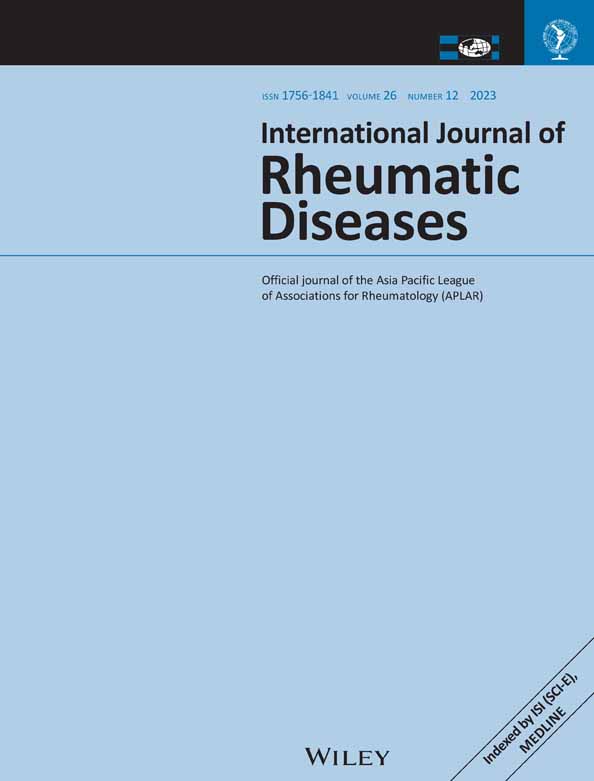Effectiveness of traditional Chinese exercise in patients with fibromyalgia syndrome: A systematic review and meta-analysis of randomized clinical trials
Abstract
Background and Objective
Fibromyalgia syndrome (FMS) is a common disorder characterized by heterogeneous symptoms that leads to decreased functioning, work productivity, and quality of life. Exercise has been recommended for fibromyalgia treatment. Traditional Chinese exercise (TCE), including Taichi, Qigong, Badunjin, Wuqinxi, etc., as a kind of mind–body exercise, plays an important role in alleviating symptoms of FMS. The objective of this study is to summarize the available evidence, through meta-analysis, on the pain relief, quality of life, sleep improvement, and emotion regulation of FMS in TCE.
Methods
Databases of PubMed, EMBASE, Cochrane library, Google scholar, CNKI, WANFANG DATA, VIP, etc. were used to search eligible studies that were published from the time of their inception to February 11, 2022, in English and Chinese. The included studies were divided into two groups: TCE group (experimental group) and control group. The Cochrane collaboration's tool was used to assess the risk of bias, and Revman5.4.1 software was used to synthesize and analyze the data.
Results
A total of 12 literatures were included in this study, which contained 781 patients, and 448 of them were included in the treatment group, 333 of others in control group. TCE significantly alleviated pain [SMD = −0.83, 95% CI (−1.15, −0.51), p < .00001], improved quality of life [SMD = −0.53, 95% CI (−0.86, −0.19), p = .002] and improved qualities of sleep [SMD = −0.41, 95% CI (−0.57, −0.24), p < .00001] and relieved depression [SMD = −0.40, 95% CI (−0.69, −0.10), p < .008].
Conclusion
TCE may be a way to reduce pain, improve the quality of life and sleep, and relieve depression for FMS, and it could be part of the FMS treatment.
CONFLICT OF INTEREST STATEMENT
The authors declare that the research was conducted in the absence of any commercial or financial relationships that could be construed as potential conflicts of interest.
Open Research
DATA AVAILABILITY STATEMENT
Data available in article Supplementary Material.




